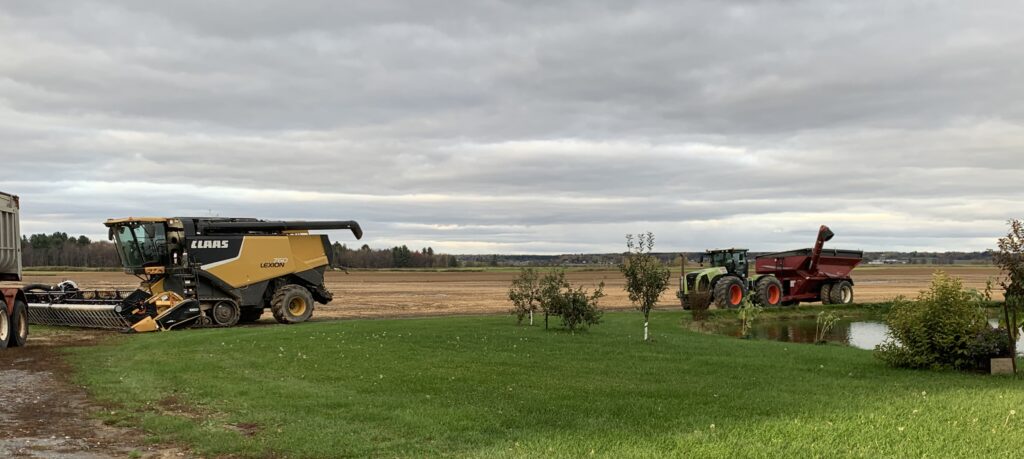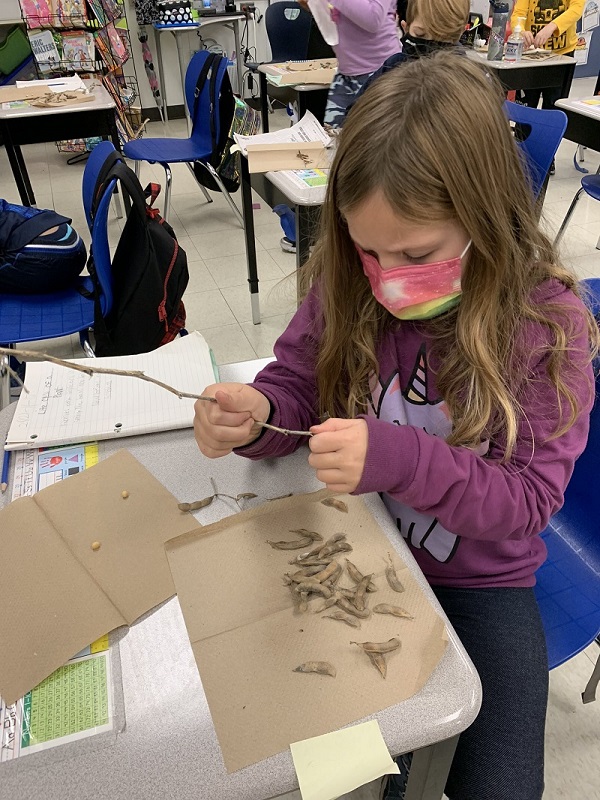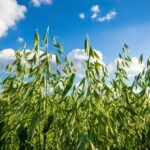Engage students in classroom learning with agriculture


By: Michele Whaler, Grade 2, 3, 4 teacher OCDSB
I’ve been teaching grades 2, 3 and 4 for 10 years. I’m engaged in teaching agriculture because I married a farmer and live on a farm, although I didn’t come from a farming background. I’ve learned a lot living on a farm. And I know that farming is a job that doesn’t give you a break. You live your job and there is always something to do.
So, agriculture and growing things are very important to me. I find it fascinating that a tiny seed grows into a plant. That germination doesn’t require soil—you can germinate a seed on wet paper towel—is always a surprise to students.
In the classroom
Teaching agriculture and food literacy has value across the curriculum. Agriculture touches on everything—health and nutrition, math, literature, science, studying the environment, career paths. For example, if you’re teaching nutrition and look at Canada’s Food Guide, you want to know where all of those elements come from.
Students’ food literacy—knowing where their food comes from—varies. Some kids are far removed from that knowledge—they don’t have a garden at home or ready access to the countryside to see farms. Agriculture in the classroom gives them the experience of growing something and helps them understand the complexities of it. It’s very broad, as there are so many related jobs, likes scientists, researchers, inspectors. Teaching agriculture helps them develop respect for their food, for farmers and farming, as well as respect for the environment.

With so much asked of us already, it’s nice to be able to work agriculture into other subjects, putting it alongside themes rather than having specific agriculture targets. As an example, last year for math, we had soybeans in the classroom. (I have the advantage of being able to walk out to the field to collect some soybean plants!) Kids opened the pods and counted the soybeans and weighed them. They made predictions about how many beans would be in a pod and how many more beans they would produce. Would it be 100? 1000? Agriculture lends itself very well to math.
There are plenty of books and read-alouds available about farming and plants, so it’s good for literature, too. We’re told that boys prefer non-fiction books, so these topics are suitable, but my experience is that girls like the same books. For younger grades, there are lots of suitable books with cute characters for students.
Agriculture provides a perfect example for teaching about the environment and sustainability. Farmers do a lot to protect our soil, water and air; farming is very much about science.
Tips for teachers
- It’s fairly easy to expand your classroom library with books about farming. A favourite in my classroom has been Tops & Bottoms by Janet Stevens. It’s the story of a lazy bear and a clever hare. The bear has land but only wants to sleep. The hare has lots of hungry children and convinces the bear to split the land down the middle—tops and bottoms. It’s quite funny when you realize what the tops and bottoms of carrots are—the hare gets the bottoms and the bear gets the tops. The book goes on to talk about the middle of plants and which ones you eat the middle of, like sweet corn (DYK there are actually different types of corn?). Students love the humour as well as the discovery of different aspects of plants they hadn’t thought about.
- A popular activity in my classroom has been the What’s Growing ON? Seed Kit. Each student wants to take care of their own plant so I don’t assign an individual to water all the plants. I find it works best to accommodate each students’ abilities, like putting each little pot in its own shallow container to catch spills, rather than several on a baking sheet. This is an activity that is good to do outside.
- When we teach nutrition and how to read nutrition labels, it helps that students are learning about agriculture. Exploring the plants that make the ingredients increases their awareness of what they eat. And when you make other things, like slime made with corn starch, you can discuss how it’s plant-based and which plant it came from.
- Baking or cooking in the classroom can be a great way to enhance students’ food literacy, especially for older students, if you can do it safely and your school allows it.



